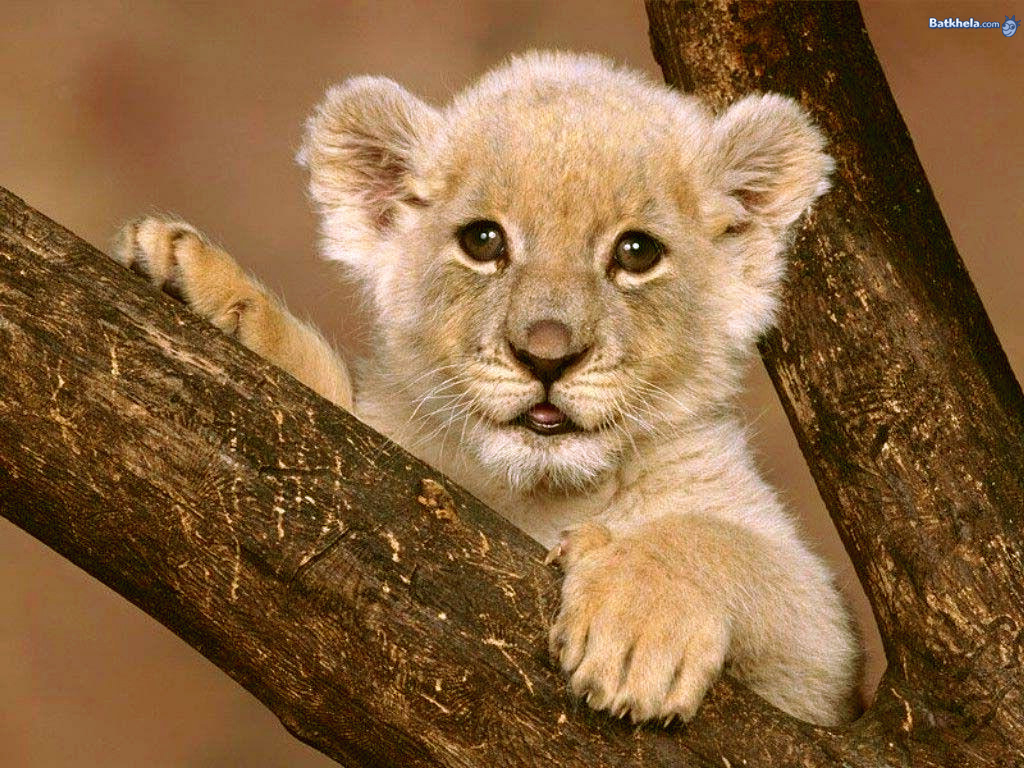Big cats have long been a source of fascination and awe for people around the world. These majestic creatures, known for their powerful builds and striking appearances, have captured the imagination of naturalists, filmmakers, and wildlife enthusiasts alike. From the regal lion to the elusive jaguar, each species brings its own unique traits to the table, reflecting the beauty and complexity of the natural world. Big cats play a crucial role in their ecosystems as apex predators, helping to maintain the balance of their habitats. However, the survival of these magnificent animals is threatened by habitat loss, poaching, and human-wildlife conflict.
In this article, we will explore the fascinating world of big cats, diving into their biology, behavior, and conservation efforts. We will also answer some common questions regarding their habitats, diets, and the challenges they face in the wild. Join us on this journey as we uncover the secrets of these extraordinary felines and their importance to our planet's biodiversity.
Understanding big cats is essential for their preservation, and by raising awareness about their plight, we can work towards ensuring a future where these incredible animals continue to roam the earth. So, let's delve into the captivating realm of big cats and discover what makes them so extraordinary.
What Are the Different Species of Big Cats?
Big cats, belonging to the family Felidae, encompass several species that are known for their size and predatory prowess. The most notable big cats include:
- Lion: Often referred to as the "king of the jungle," lions are social animals that live in prides, primarily found in Africa.
- Tiger: The largest of all big cats, tigers are solitary hunters, known for their striking orange coat with black stripes.
- Leopard: Adaptable and elusive, leopards are known for their spotted coats and ability to thrive in diverse habitats.
- Jaguar: Native to the Americas, jaguars are powerful swimmers and have a unique rosette pattern on their fur.
- Cheetah: Renowned for their incredible speed, cheetahs can reach up to 75 mph, making them the fastest land animal.
Why Are Big Cats Important to the Ecosystem?
Big cats play a vital role in maintaining the ecological balance of their habitats. As apex predators, they help control the populations of herbivores, which in turn supports vegetation health and biodiversity. The presence of big cats can also indicate the overall health of an ecosystem, as they require large territories and abundant prey to thrive. Protecting big cats ultimately contributes to the preservation of numerous other species within their habitats.
What Are the Threats Facing Big Cats Today?
Despite their importance, big cats face numerous threats that jeopardize their survival. Some of the most pressing challenges include:
- Habitat Loss: Expansion of agriculture, urbanization, and deforestation have significantly reduced the habitats available to big cats.
- Poaching: Illegal hunting for their fur, bones, and other body parts remains a significant threat, driven by demand in traditional medicine and luxury markets.
- Human-Wildlife Conflict: As human populations encroach on big cat territories, conflicts arise, often resulting in retaliatory killings.
- Climate Change: Alterations in climate patterns can impact prey availability and habitat suitability for big cats.
How Can We Contribute to Big Cat Conservation?
As individuals, we can play a part in the conservation of big cats through a variety of actions:
- Awareness: Educating ourselves and others about the importance of big cats and the threats they face is essential.
- Supporting Conservation Organizations: Donating to or volunteering with organizations dedicated to big cat conservation can make a significant impact.
- Responsible Tourism: Choosing eco-friendly travel options that promote sustainable wildlife tourism can help protect big cats and their habitats.
- Advocacy: Supporting policies and legislation that protect big cats and their ecosystems is crucial for their long-term survival.
What Are Some Fascinating Facts About Big Cats?
Big cats are full of surprises, with many intriguing characteristics that set them apart from other animals. Here are some fascinating facts:
- The roar of a lion can be heard from up to five miles away.
- Tigers have a unique pattern of stripes, much like human fingerprints.
- Cheetahs can accelerate from 0 to 60 mph in just a few seconds.
- Leopards are known for their remarkable climbing skills, often dragging prey up into trees to keep it safe from scavengers.
What Are the Most Iconic Big Cat Habitats?
Big cats inhabit a variety of ecosystems across the globe, each adapted to their specific needs. Some of the most iconic habitats include:
- Savannas: Open grasslands are home to lions and cheetahs, providing ample prey and space to roam.
- Rainforests: Jaguars thrive in dense tropical forests where they can utilize their swimming abilities.
- Mountains: Snow leopards inhabit rugged mountain ranges, using their agility to navigate steep terrains.
- Grasslands: Leopards are versatile and can be found in various habitats, including grasslands and forests.
Conclusion: The Future of Big Cats
The future of big cats hangs in the balance, dependent on our collective efforts to protect their habitats and combat the threats they face. By raising awareness and supporting conservation initiatives, we can ensure that these magnificent creatures continue to inspire awe and admiration for generations to come. The big cat represents not just the beauty of nature, but also the urgent need for responsible stewardship of our planet.
Discovering Evooli: A Journey Through Innovation And Creativity
Carrie Underwood: The Country Queen's Journey To Stardom
Unraveling The Life And Career Of Ralph Macchio


